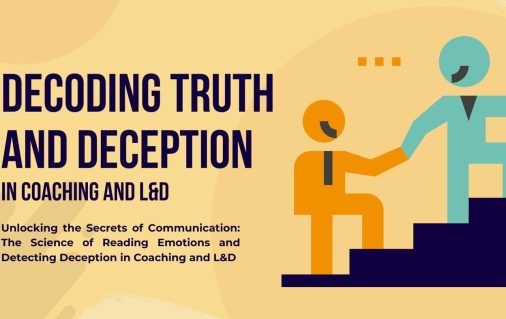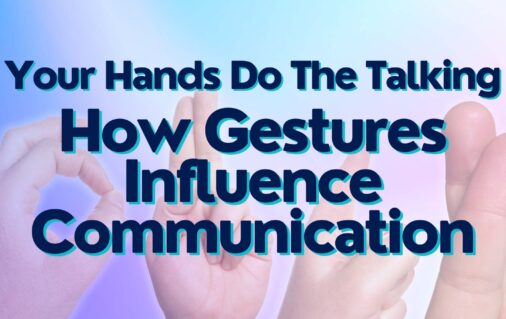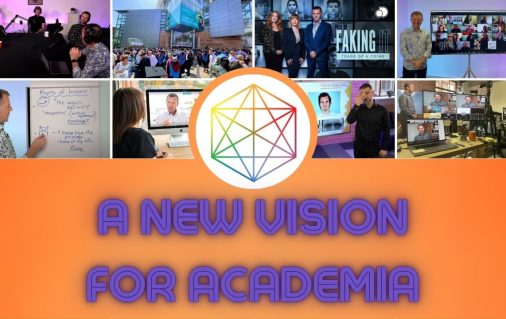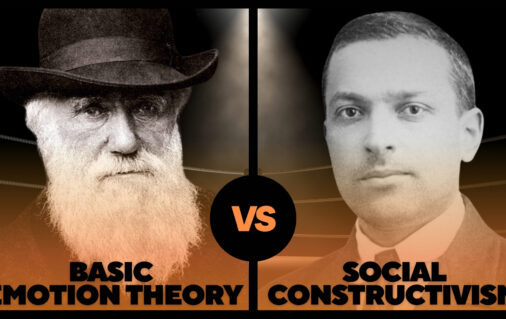How Can Communication Go Wrong?
Dark Triad
Communication can, and often is, used to cause harm. This is especially likely with dark triad individuals. The dark triad includes Machiavellianism, subclinical Narcissism and Psychopathy. Since primary characteristics of these individuals are self-interest and propensity to exploit others, they can use communication and influencing strategies for destructive purposes.
Research has found strong connections between dark triad individuals and intentions/behaviours of selfishness, deception, manipulation and low remorse. Researchers also found that dark triad traits are predictive of criminal, violent and murderous intent/behaviour (Hodson et al., 2018; Jakobwitz & Egan, 2006; Jones & Paulhus, 2017; Kashy & DePaulo, 1996; Muris et al., 2017; Paulhus, & Williams, 2002; Barkataki et al., 2006; Eronen et al., 1998; Muris et al., 2017).
Further, as dark triad individuals are indifferent to punishment and do not care what other’s think, it may be difficult to change behaviour or create adverse consequences.
Violating Maxims
Many problems in communication occur as a result of someone violating Grice’s (1975) conversation maxims of quantity, quality, relation, and manner. This is because people often go into interactions with underlying assumptions, so when these standards are violated, it betrays the foundation that the communication is built on, breaking the rules of the game, so to speak. And if you are caught doing this too often, people will not want to play with you anymore.
McCornack’s Information Manipulation Theory (1992) describes deception as the violation of Grice’s four conversational Maxims. These offer as conventions for appropriate conversation. This theory suggest that deception is anything that involves information control. This can be explained as a specific but covert violation of one these maxims. Some examples of these could be omissions and messages that are limited in their informativeness, distorted information, lies (fabricated information), or ambiguous responses or responses that divert the course of the conversation away from its original intent.
Destructive Communication Strategies
Evasion
Evasion can be used to hide information, even when you are asked about it. Indirectness or evasion is often used to create a level of intended ambiguity. For instance, this is very evident in people with addictions, where people often manipulate their communication, lie, and hide information.
To explore evasive responses and non-evasive responses, let’s look at the question ‘How did you do on your assignment?’. A response like ‘Really well’ is not evasive, because it clearly answers the question.
However, an answer like ‘We’ll talk about it later’ is signaling evasion, but this situation is not deceptive because it’s communicating an intention to answer the question. If a response like this is used repeatedly to avoid the question, then it is certainly an evasive strategy.
A response like ‘I was pleased with my overall assignment’, is evasive, but it’s covertly evasive. Instead of answering the question, this response changes the context of the question, so that it appears cooperative by giving an answer. Although, yes, an answer was given, it wasn’t the answer that the other person desired, because it didn’t actually answer the question.
There are different types of evasive answers… an answer that’s different from the question that was actually asked or an answer that gives a general response to a very specific question. For example, if someone asks, ‘Where were you during the lunch break?’ and the person responds with ‘I had a nice break’.
Also, someone could offer an answer that is irrelevant as a form of evasiveness. Or to be evasive someone could reformulate what the question seems to be demanding, to avoid addressing what the question actually asked. For example, if an interviewer asks, ‘Why did you quit your last job?’ and the person responds with ‘I really appreciated my time working there and learned a lot of valuable skills like teamwork and problem solving.’. This response answers a different question and avoids giving the information that was requested by the interviewer.
Gaslighting
You have likely heard of the term gaslighting as it’s become quite a hot topic recently. But what is gaslighting? Gaslighting is a form of manipulation that discredits someone’s experience and attempts to change the narrative of events, making the victim question their own reality. This is often present in abusive relationships and is a covert form of emotional and psychological abuse. It can also occur in professional settings or through the media.
Examples of gaslighting would be statements like: ‘It’s all in your head’, ‘I never said that’, ‘You are making that up’, ‘I didn’t do that, you must have imagined it.’ in response to painful or conflict-inducing topics.
Framing
Framing is a form of manipulation that is very subtle and can present other people as being uncooperative, which gives the impression that the person framing is the victim, when in fact they are the one who created the issue.
Framing can involve not giving others enough information to actually do what they need to do or to do what was asked of them. Or it can be done by providing irrelevant information, or by lying, or by being inappropriately vague.
These all suggest inappropriate uncooperativeness and make it difficult for others to cooperate and do what is required of them, be it personally or professionally. For example, if your boss asks you to make a PowerPoint ‘better’, but not stating how it should be better (e.g., wording, appearance, length, research, points, structure) and not giving you a timeline for this task. Afterwards, your boss complains about you to others stating that you did not fix the research or complete the task by the due date.
Distancing
The words we use can also carry messages about what we are feeling, hiding or intending. Distancing language can be used to distance yourself from the content of a conversation, or to avoid thinking about a topic. It can also be used as a form of self-deception, or lying, or it can be done even when no deception is occurring.
A classic example of distancing language is the statement “I did not have sexual relations with that woman”. Instead of using the person’s name or saying ‘her’, the speaker is distancing himself by saying ‘that woman’.
Bias and Communication
When discussing communication skills, its vital that we also explore bias. Even if you use the right words, master your body language and have a good strategy for the conversations, your bias can destroy the effectiveness of an interaction.
Our biases can be created by our own ideas, or our childhoods, or influenced by external things like culture and media.
There are different types of bias that we can experience. The truth bias is when you assume that other people are telling you the truth. In general, this is a better assumption than assuming that people are always lying to you, so in this way it’s socially useful, but it can be manipulated and used to take advantage of you.
The guilt bias is the opposite, it is when you assume that someone is guilty. You assume that they are lying to you, without having sufficient evidence to support this. This puts you at risk to other biases like the expectancy bias and the confirmation bias.
The expectancy bias is when you distort your own perception of events in order to fit your idea of what is normal and what should be.
The confirmation bias is when you look for evidence to support your own beliefs and assumptions.
People tend to believe what they want to believe. The biases that we have can have very real consequences and distort our ability to see the truth. For example, Vrij and Van Wijngaarden (1994) found that introverted or socially anxious children were judged to be lying more often than other children. Therefore, individuals who embody characteristics associated with extraversion may be viewed as more credible, honest, and trustworthy – regardless of if they actually are! Assumptions like these can put you at risk of trusting the wrong person for the wrong reasons.
Trusting behaviours hold an inherent presupposition that our judgements about someone – all that is subjective in trust – are correct (or at least correct enough to follow/believe). However, there is little evidence that this is an accurate assumption.
By becoming aware of your own biases, you can prevent them from sabotaging your communication with others. It is possible to catch our own biases and self-deceptions and change them. Initially these things engage the limbic system ‘lizard brain’, which follows primal survival instincts. This system is focused solely on what is best for the individual. But when a thought, behaviour, or instinct is actively recognized (e.g., through mindfulness), it is no longer processed in the limbic system and becomes processed through the prefrontal cortex (Goldberg, 1995; Goldberg & Costa, 1981; Kagan, 1984; Ryle, 1949; Schnierla, 1959).
When this happens, we have more control over the thought and even if self-deception or a biased view continues, it would be conscious rather than instinctual (passive). When bias and self-deception is actively acknowledged the prefrontal cortex is engaged. This helps us to become more capable of: imagining future consequences, questioning our thoughts, choosing behaviours and thoughts and considering how they impact others.
Our subjective biases can’t be entirely removed, but once recognized, they are more controllable. This active engagement with our beliefs, instincts, biases, and behaviours may be achieved by developing emotional intelligence, because self-deception may not be noticed unless one is somewhat emotionally intelligent.
Emotional intelligence is a key skill needed to successfully communicate with others. It helps with understanding yourself in knowing how your own emotions might be influencing you and what you think and want, and it allows you to understand others more accurately by seeing their emotions and having the skills to know how to deal with their emotions… without it negatively impacting your communication with them.
















